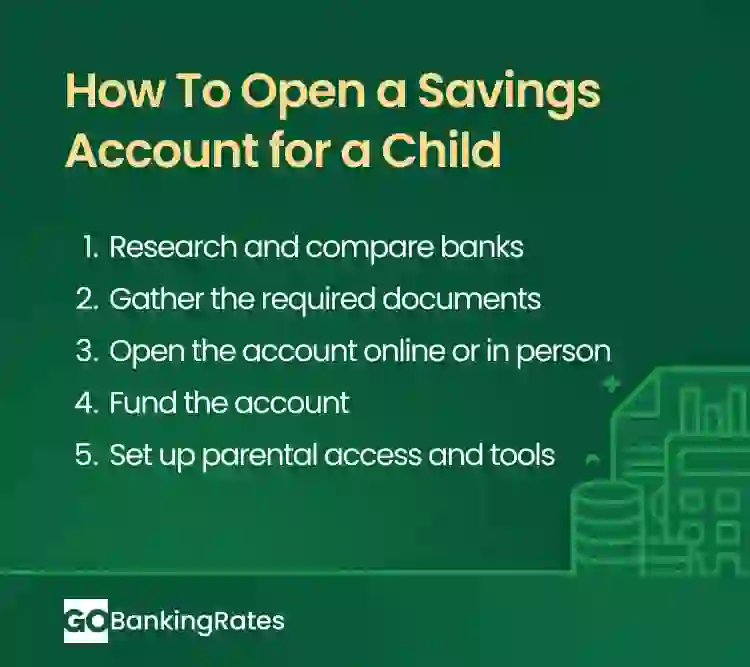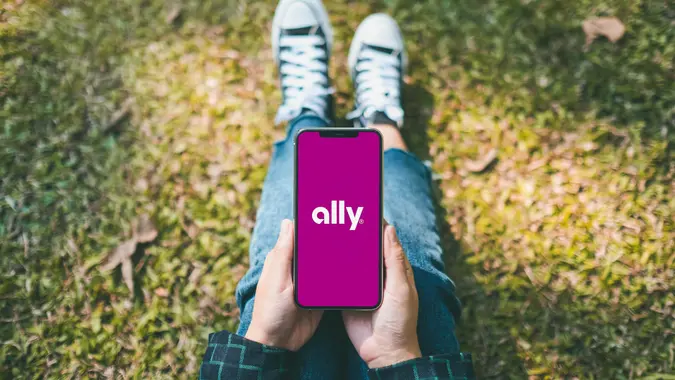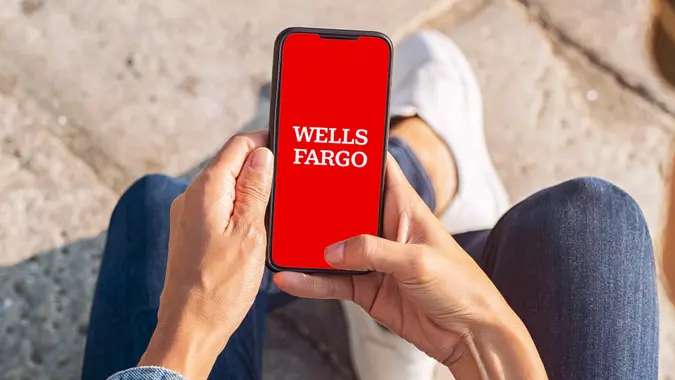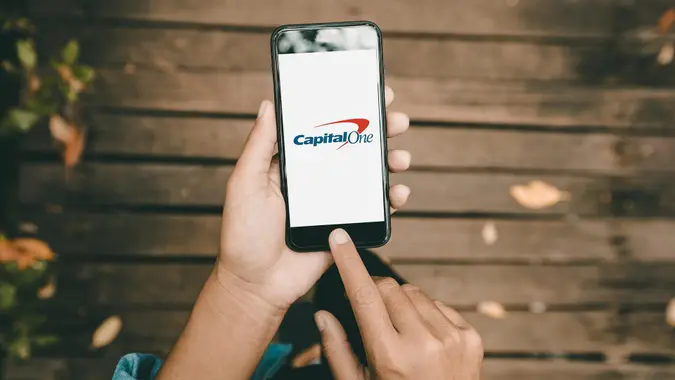How To Open a Savings Account for a Child

Commitment to Our Readers
GOBankingRates' editorial team is committed to bringing you unbiased reviews and information. We use data-driven methodologies to evaluate financial products and services - our reviews and ratings are not influenced by advertisers. You can read more about our editorial guidelines and our products and services review methodology.

20 Years
Helping You Live Richer

Reviewed
by Experts

Trusted by
Millions of Readers
Many banks offer a savings account specifically for kids, some as young as eight years old. These accounts often have low or no minimum balances, and no fees compared with some regular savings accounts. Some banks also offer financial education for children or rewards for reaching savings goals.
If you’re wondering how to open a savings account for a child, the process is straightforward — but knowing what to look for can make all the difference.
How To Open a Savings Account for a Child: 5-Step Guide
Opening a savings account for your child is easy, but there are some quick steps you should take.

1. Research and Compare Banks
Look at your bank, other local banks, national banks and online banks. Consider how you think your child will use the account, in terms of getting money into and out of it.
2. Gather the Required Documents
You’ll need identification for yourself and your child. For your child, the bank will likely request a birth certificate and Social Security card.
3. Open the Account Online or In Person
Going to a bank branch can be exciting for a child as they see how the process works. Regardless of where you open the bank account, involve your child in the process as much as you can.
Consider this a teachable moment and a chance to walk them through exactly how to open a savings account from start to finish.
4. Fund the Account
Make the opening deposit with cash or a check in person, or transfer money if opening online. Be sure to check the minimum opening deposit requirements.
5. Set Up Parental Access and Tools
Download the bank’s app so your child can track their balance and progress toward savings goals. Turn on parental controls to monitor activity and consider setting up recurring transfers to encourage regular saving.
Infant and Newborn Savings Accounts
If you want to start saving for your child from birth, you can open a savings account for a baby or newborn with yourself as the joint account holder.
These accounts work the same way as other kids’ savings accounts, but starting early gives your child more time to benefit from compound interest. Even small deposits can grow significantly over the years.
Features To Look for in a Kids’ Savings Account
Choosing the right savings account for your child may seem daunting — there are a lot of options! But it doesn’t have to be. Here are some factors to consider:
- Low or no fees: This includes monthly service charges, statement fees and other fees. Nothing is more discouraging for a child than to watch their hard-earned interest eaten up by fees.
- Interest rates: The higher the interest rate, the more motivated your child will be to save.
- Parental controls and accessibility: Withdrawal, spending and deposit limits can help you support your child.
- Apps for kids: Digital tools can help make saving fun and accessible for kids.
Tips for Teaching Kids About Saving Money
Opening a savings account for your child is just one step in the quest to raise a financially literate adult. Here are some other things you can do to teach your child about the long-term benefits of saving money.
| Tip | How To Apply It |
|---|---|
| Encourage regular saving | Show your child how their money grows when they make deposits on a regular basis. |
| Use visual aids | Take advantage of mobile banking apps with graphs that demonstrate how money grows. |
| Set and achieve goals | Share how you set your own financial goals and involve your child in age-appropriate examples. |
| Explain responsible spending | Instead of just saying “no,” explain why you choose not to buy certain items, even if you can afford them. |
Which Banks Have The Best Kids Accounts?
GOBankingRates has compiled a list of savings accounts and checking accounts for kids from banks and credit unions nationwide. These accounts feature top APYs, no-fee options and unique features to help young savers get started.
Here’s a quick look at three popular options for kids:
| Financial Institution | Account Name | APY | Monthly Fees | Key Advantages |
|---|---|---|---|---|
| Capital One | Kids Savings Account | * | None | Easy online access and no monthly fees |
| Chase | First Banking | N/A | None | Parental controls to help kids learn budgeting |
| Alliant Credit Union | Kids Savings Account | None | High interest rates for growth-focused savings |
Final Take
Starting a savings account is just the beginning — the real value comes from encouraging your child to use it regularly. By making saving a habit and celebrating milestones along the way, you can help them see money not just as something to spend, but as a tool for reaching their goals.
Kids' Savings Accounts FAQ
Here are the answers to some of the most frequently asked questions regarding kids' savings accounts.- What is the best savings account to start for a child?
- The best account will have no fees, competitive interest rates and tools to help your child learn about saving.
- How do I open a savings account for my minor child?
- To open a kids' savings account, visit a bank or credit union with your own ID, your child's ID — Social Security card or birth certificate — and any required opening deposit.
- Which bank is best for a children's savings account?
- It depends on your needs. Some banks offer high interest rates, while others have strong educational tools or rewards for kids.
- Can I set up a savings account for a child?
- Yes. A parent or guardian can open a joint account with a child under 18.
- Can I open a bank account for my child?
- Yes. Whether for a baby, toddler or teenager, you can open a joint account that allows you to oversee deposits and withdrawals.
*Capital One interest rates accurate as of Aug. 4, 2025. See website for all current rates.
Editorial Note: This content is not provided by any entity covered in this article. Any opinions, analyses, reviews, ratings or recommendations expressed in this article are those of the author alone and have not been reviewed, approved or otherwise endorsed by any entity named in this article.
The information related to Chase First Banking account was collected by GOBankingRates and has not been reviewed or provided by the issuer of this product/card. Product details may vary. Please see the issuer’s website for current information. GOBankingRates does not receive commission for this product.
Rates are subject to change; unless otherwise noted, rates are updated periodically. All other information on accounts is accurate as of Aug. 4, 2025.
Our in-house research team and on-site financial experts work together to create content that’s accurate, impartial, and up to date. We fact-check every single statistic, quote and fact using trusted primary resources to make sure the information we provide is correct. You can learn more about GOBankingRates’ processes and standards in our editorial policy.
- Time. 2024. "Best Savings Accounts for Kids for March 2024."
 Written by
Written by  Edited by
Edited by 

























